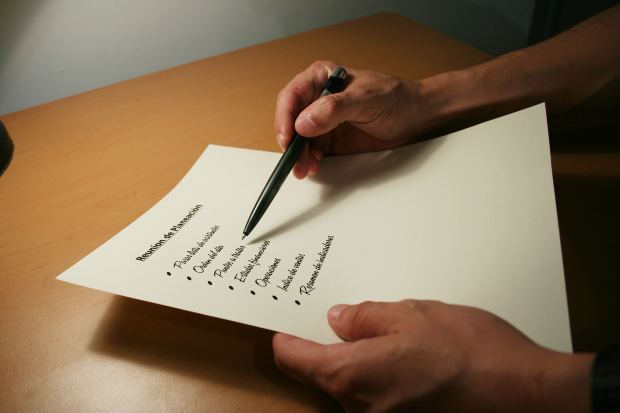Certified Translation of Recorded Conversations as Evidence in Court
Before one can testify as to the accuracy of a foreign language translation, it must be established that the witness is in fact qualified to make such a judgment. To do this, the legal translator must establish that they have used reliable methods in preparing the translation.
One common practice, for example, is to prepare an English translation directly from a foreign language recording. Although allowable, the preferred method is for the translator to first transcribe the conversation in the language that it was spoken and then prepare the foreign language translation of the transcript.
Such a two-step process is will help better qualify the witness. First, the witness must determine what was said in the foreign language. Second, they must translate this into English. Requiring the witness to focus on each step separately increases the likelihood that each step will be performed accurately. It also facilitates the process whereby the adverse party may challenge, and a judge and jury can evaluate the accuracy of the translation.
Admittedly, the opposing party may challenge the qualification of the translator and the accuracy of the translation. Once the offering party satisfies its burden of production as to the foreign language translation’s accuracy, the burden shifts to the opposing party to challenge the showing. If the adverse party fails to do so, inaccuracy or bias should not be presumed. For this reason, several federal circuit courts have refused to consider appellate challenges to the accuracy of a transcript or translation where the defense neither submitted its own translation to the trial judge nor called the trial judge’s attention to specific inaccuracies in the prosecutor’s translation.
The timing of the adverse party’s challenge is also a significant factor. Foreign translation issues should be resolved before trial whenever possible. Once the jury trial begins, the offering party may not have time to take corrective action on the foreign language translation. Thus, so long as the adverse party has had timely access to the recording and translation, the trial court should require that party to bring such inaccuracies and possible bias to the court’s attention prior to trial.
Subsequently, when the party that introduces the recording offers its foreign language translation at trial, its expert is subject to cross-examination by the adverse party. Such cross-examination can be done in a variety of ways. For example, if the conversation was transcribed by one person and translated by someone else, any weaknesses exposed in the former’s testimony can be reiterated during cross-examination of the latter.
When appropriate, the cross-examiner can suggest that the witness who transcribed or translated a conversation favored the party offering the transcription or translation in evidence. To do this, counsel can expose and exploit differences between earlier drafts of the offering party’s transcript or translation and the version offered at trial, particularly if each subsequent version became more favorable to the offering party.
Where the adverse party’s expert has identified what he or she believes are specific errors in the offering party’s transcription or translation, counsel can question the offering party’s witness about each. To illustrate, just as in an English conversation a dispute might arise as to whether a person said “I’m gonna” or “Ain’ gonna,” so too, for example, people fluent in Spanish might disagree as to whether a person said “roja” (“red”), “ropa” (“clothing”) or “roca” (“rock”)– which could be quite significant.
#translationforlawyers #evidencetranslation #documenttranslation #certifiedtranslation #certifiedtranslationservices
